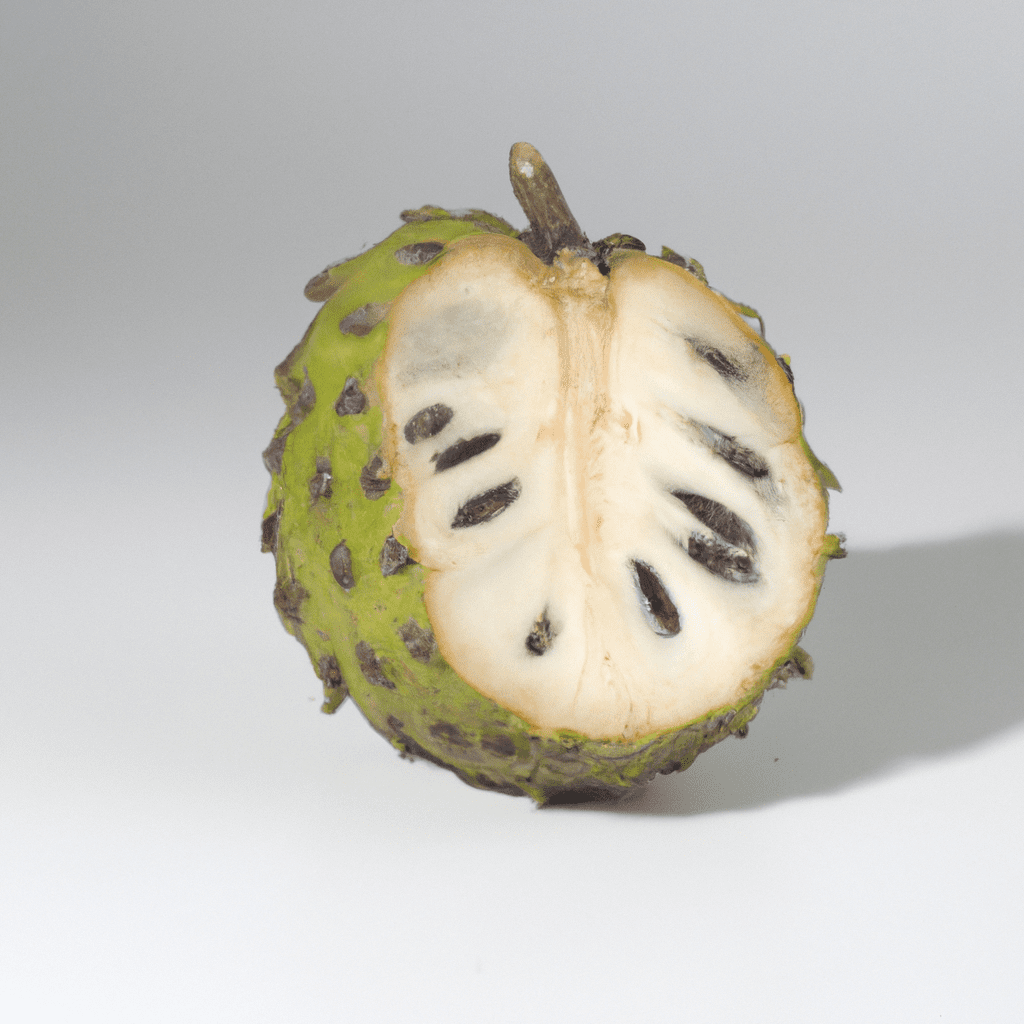What is Guyabano?
Guyabano, also known as soursop, is a tropical fruit native to Central and South America, the Caribbean, and Southeast Asia. It has a pointed heart shape and a bumpy green exterior. Guyabano has a sweet-tart flavor, and its soft, white flesh is a rich source of vitamins, minerals, antioxidants, and dietary fiber.
Guyabano is widely grown in tropical climates for its tasty fruit that can be eaten raw, cooked, or juiced. It’s also used to make desserts, jams, sauces, and drinks such as agua de soursop. With its many health benefits, guyabano is quickly becoming a popular fruit in the United States.
What does Guyabano taste like?
So, what does guyabano taste like? Basically, it is sweet and tart. Its taste reminds many of pineapple and strawberry, with a hint of sourness. Some also describe the flavor of guyabano as citrusy, with the seeds having a slight nutty flavor. Unlike some other tropical fruits, guyabano is not overly sweet so it can also be enjoyed as a savory snack. Some eaters compare their experience of eating guyabano to eating a tart apple, albeit with a much more interesting flavor profile.
What dishes do you find Guyabano in?
Thanks to its unique taste and high nutritional content, Guyabano can be found in a variety of different dishes from across the globe. In Latin America, it can be used to make jams, jellies, cakes, and ice cream. In some Caribbean countries, Guyabano is often made into a sauce or blended with milk and sugar to make a smoothie. In East Asian cuisine, Guyabano is often cooked in a sweet-sour stir fry or a soup. For those who enjoy experimenting with fruits, Guyabano is a delicious way to inject a burst of flavor and health into your dish!
